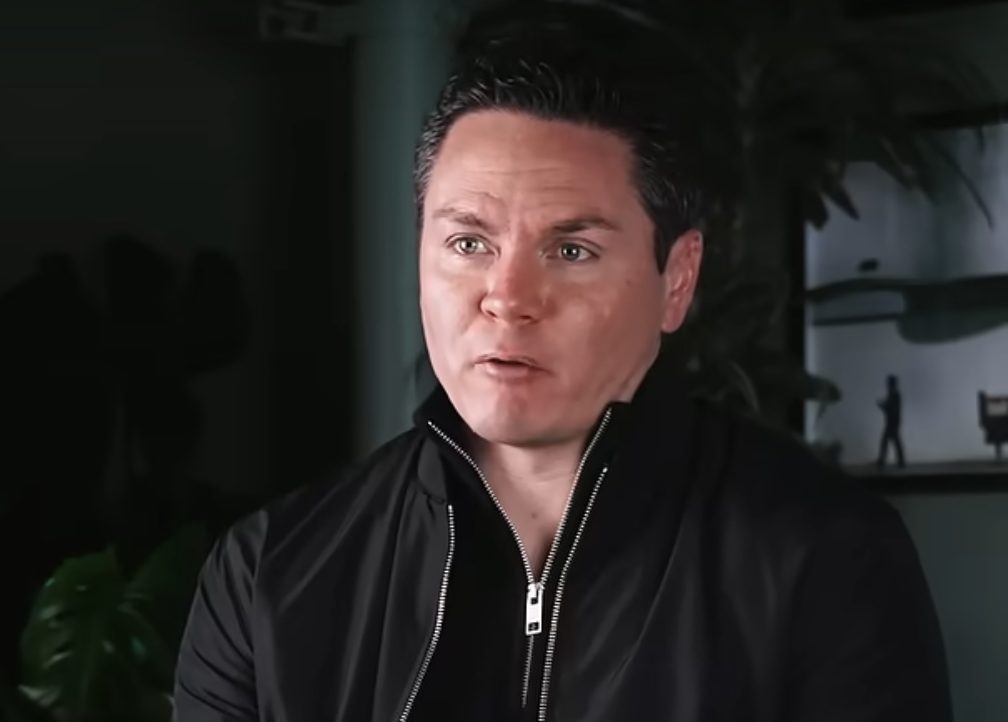Personal boundaries are essential for maintaining healthy relationships and protecting our mental well-being. Yet, many of us struggle with the harsh reality that simply stating our boundaries often isn’t enough. Through years of experience working with clients and navigating complex relationships, a fundamental truth has become clear: actions speak louder than words when establishing and maintaining boundaries.
The challenge we face isn’t just about communicating boundaries – it’s about dealing with individuals who lack the emotional intelligence to respect them. This creates a significant disconnect between what we say and what others understand or choose to acknowledge.
Why Verbal Boundaries Often Fall Short
When we rely solely on verbal communication to set boundaries, we’re assuming the other person has:
- Sufficient self-awareness to recognize their behavior
- Emotional maturity to process and respect our requests
- The ability to translate verbal boundaries into behavioral changes
- Genuine interest in maintaining healthy relationship dynamics
Unfortunately, the very people we need to set boundaries with often lack these crucial qualities. This creates a frustrating cycle where we repeatedly state our needs, only to have them ignored or dismissed.
The Power of Action-Based Boundaries
Taking action to enforce boundaries creates tangible consequences that speak louder than any words could. When someone experiences the real-world effects of crossing our boundaries, they’re more likely to understand and respect them.
Here are effective ways to implement action-based boundaries:
- Physical distance when boundaries are crossed
- Limiting access to your time and energy
- Changing your response patterns
- Following through with stated consequences
The key is consistency in our actions. Each time we follow through with consequences, we reinforce the reality of our boundaries. This approach moves beyond intellectual understanding to create experiential learning.
Making Boundaries Tangible
Think of boundaries like a fence around your property. You wouldn’t simply tell people not to trespass – you’d build an actual barrier. The same principle applies to personal boundaries. They need to be tangible, visible, and consequential.
When someone repeatedly disregards our boundaries, we must shift from explanation to demonstration. This might mean:
- Ending conversations when they become disrespectful
- Removing ourselves from toxic situations
- Reducing contact with boundary-violating individuals
- Changing our availability patterns
The effectiveness of action-based boundaries lies in their immediate impact. While words can be ignored or forgotten, actions create memorable experiences that shape future behavior.
Frequently Asked Questions
Q: How do I know when it’s time to switch from verbal to action-based boundaries?
When you’ve clearly communicated your boundaries multiple times but continue to see them violated, it’s time to implement action-based consequences. Repeated violations despite verbal communication indicate the need for a stronger approach.
Q: What if taking action to enforce boundaries feels too harsh?
While it might feel uncomfortable at first, remember that enforcing boundaries through action is about self-respect and personal well-being. It’s not meant to punish others but to protect yourself and establish healthy relationship dynamics.
Q: Can action-based boundaries damage relationships?
Healthy relationships actually strengthen when clear boundaries are established and maintained. If a relationship suffers because you’re enforcing reasonable boundaries, it might indicate an already problematic dynamic that needs addressing.
Q: How long should I maintain action-based boundaries?
Maintain action-based boundaries consistently until you see genuine change in the other person’s behavior and respect for your limits. This could take weeks, months, or become a permanent arrangement depending on the situation and the other person’s growth.

